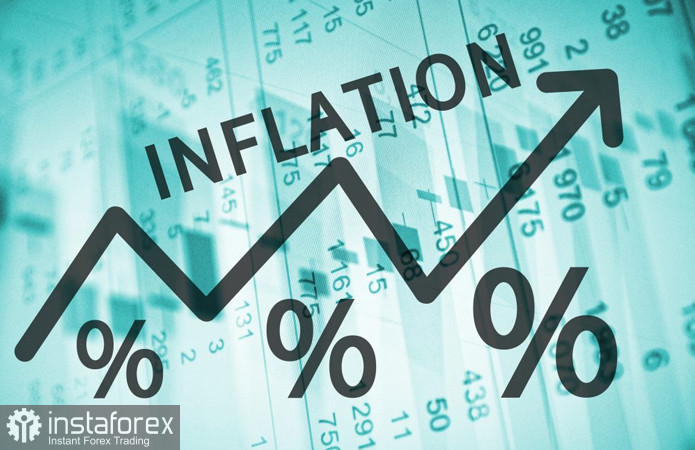
The key indices of the US stock market – Dow Jones, NASDAQ, and S&P 500 – ended Monday with a new fall. From our point of view, everything is going according to plan, as we expected the US stock market to show at least one more drop. So far, this fall is at its initial stage. Since the Fed will continue to raise the key rate, stocks and indices will continue to feel pressure on themselves. After Powell's speech on Friday, it became clear that the aggressive monetary approach would continue. And then a ton of criticism fell on Powell and the Fed. How can we unequivocally answer the question, which is better: a falling economy and low inflation or economic growth and high inflation? Unfortunately, high inflation cannot be fought without creating pressure on the GDP. Therefore, something needs to be sacrificed. Perhaps there is a third option, which involves a slow and cautious rate hike. Then it will take much longer for inflation to return to the target level than it is currently expected. Maybe 5-6 years. In this case, you will have to sacrifice time.
In the States, they decided to sacrifice economic growth, for which the regulator is now being criticized. But if it had decided to preserve economic growth by sacrificing inflation (as they are doing in the EU now), then criticism would have been directed at high inflation. In any case, Powell and the company would have been criticized for unsatisfactory performance. Therefore, from our point of view, the Fed is doing everything right. We must first complete one task and therefore think about how to restore economic growth. But whether the Fed is right or not, we will see within the next year and a half. After all, no one can now say exactly how long it will take for inflation to return to 2%. In the meantime, the US is preparing for a recession. This Friday, a nonfarm report will be published, and this, we recall, is one of Jerome Powell's trump cards in talking about inflation. According to the head of the Fed, the decline in the economy cannot be considered a recession if unemployment does not increase and 300-600 thousand new jobs are created every month. If the Nonfarm Payrolls indicator starts to decline and unemployment (which will also be released on Friday) increases, then Powell is unlikely to deny the beginning of a recession. This is a new reason to show a fall in the US stock market. For the US dollar, this is a new reason for growth since it practically does not react in any way to the threat of a recession in the American economy.





















